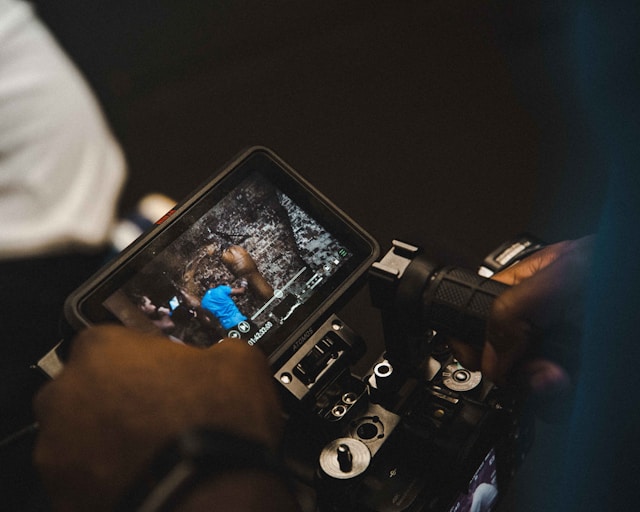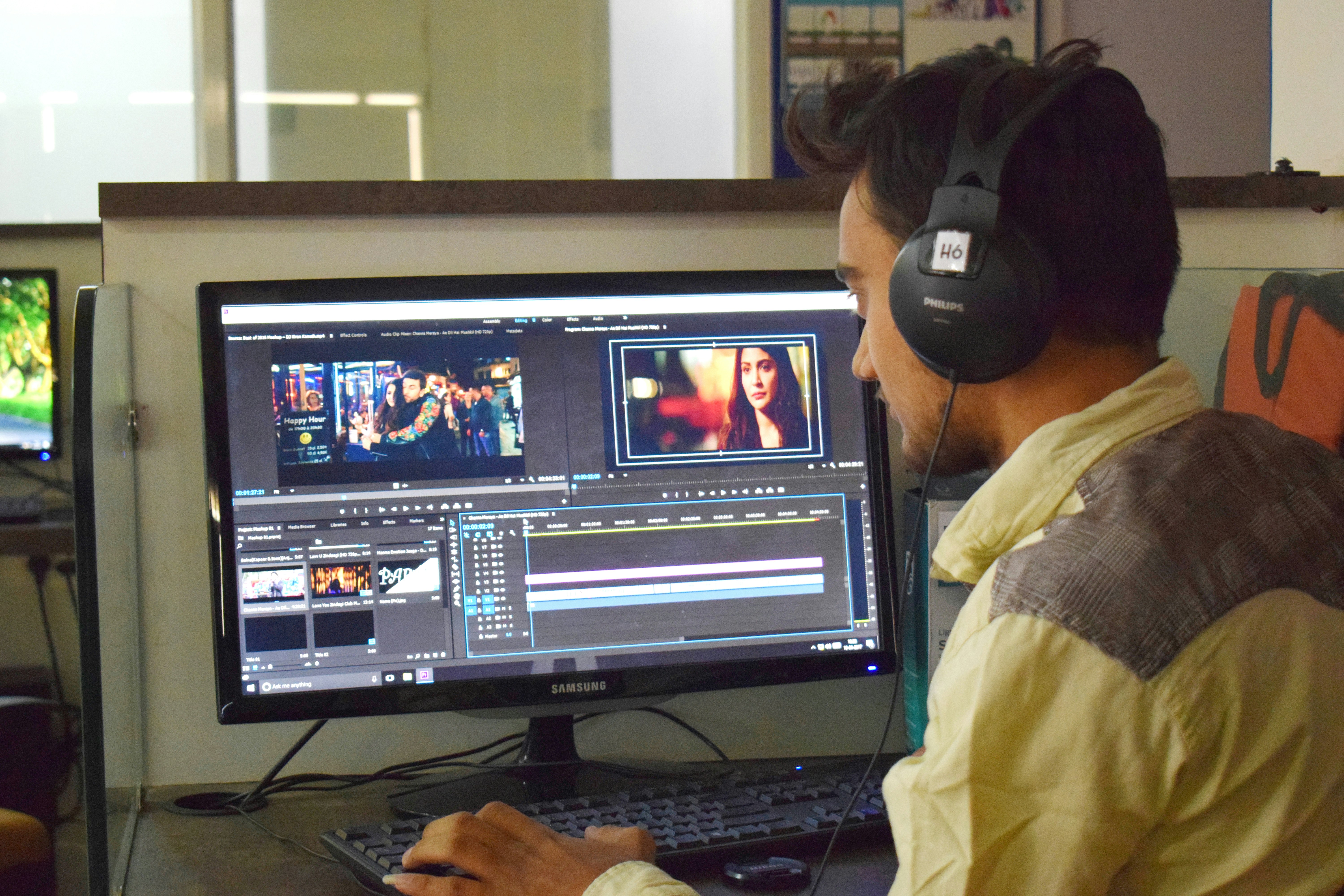That raw footage you've spent weeks capturing, brimming with potential, is like a sculptor's unshaped clay. It holds the essence of your story, but it's in the meticulous and often unseen process of video editing that this potential is truly realized. Editing isn't just about cutting and pasting clips; it's a powerful art form that shapes narrative, evokes emotion, and ultimately transforms your vision into a compelling visual experience.
So, let's pull back the curtain and go behind the scenes to explore the key stages and creative decisions that go into bringing your video to life in the editing suite.
Laying The Foundation
Before the magic begins, a critical, often overlooked step is organization. Imagine sifting through hours of footage without a clear system – chaos! Editors meticulously ingest footage, labeling clips, and creating bins based on scenes, characters, or camera angles. This structured approach lays the groundwork for a smooth and efficient workflow, reassuring the editor and the audience that every shot is in its place, ready to be woven into the narrative. Think of it as organizing your ingredients before you start cooking – essential for a well-executed dish.

Crafting the Narrative
At the heart of editing lies the art of the cut. Each transition between shots carries weight, influencing the video's pacing, rhythm, and emotional impact. A quick cut can build tension and excitement, while a longer dissolve might signify the passage of time or a shift in mood. Editors carefully consider the "why" behind every cut, ensuring it serves the story and guides the viewer's eye. It involves understanding continuity – maintaining consistent action, framing, and eye lining between shots – to avoid jarring the audience.
Building Emotion
While visuals tell a significant part of the story, sound is the hero that truly brings a video to life. Sound design encompasses everything from dialogue clarity and ambient noise to impactful sound effects that heighten drama or add realism. Whether you’re creating a television commercial, a corporate production, or a movie, carefully selected and timed music evokes a wide range of emotions, from joy and excitement to sadness and suspense. A skilled editor understands the symbiotic relationship between audio and video, weaving them together to create a richer and more immersive experience for the viewer, making them feel the power of sound in storytelling.
Visual Effects and Color Correction
Once the foundational elements are in place, editors focus on visual enhancements. This might involve subtle color correction to ensure consistent lighting and mood across different shots or more elaborate visual effects (VFX) to create fantastical elements or enhance realism. Color grading, in particular, plays a significant role in establishing the overall aesthetic and tone of the video, contributing to its visual appeal and storytelling. Think of it as adding the final brushstrokes to a painting, adding depth and nuance.
Popular Editing Software
 The landscape of video editing software is as diverse as the field itself. There is a range of tools to suit different skill levels and budgets. For industry professionals, Adobe Premiere Pro and Final Cut Pro (for macOS users) are among the most popular, offering advanced features for complex video projects and seamless integration with other creative applications. DaVinci Resolve, while also a professional-grade tool, boasts a robust free version that's popular among independent creators and aspiring editors, particularly renowned for its color-grading capabilities.
The landscape of video editing software is as diverse as the field itself. There is a range of tools to suit different skill levels and budgets. For industry professionals, Adobe Premiere Pro and Final Cut Pro (for macOS users) are among the most popular, offering advanced features for complex video projects and seamless integration with other creative applications. DaVinci Resolve, while also a professional-grade tool, boasts a robust free version that's popular among independent creators and aspiring editors, particularly renowned for its color-grading capabilities.
For those seeking more user-friendly interfaces, iMovie (free on macOS and iOS) and CapCut (free with cross-platform availability) provide intuitive workflows for quick and easy edits. Other notable contenders include Wondershare Filmora, CyberLink PowerDirector, and the free and open-source Shotcut and OpenShot, each offering unique features and catering to various editing needs. The choice of software often depends on individual requirements, operating systems, and the complexity of the video projects.
Refining and Perfecting
Editing is rarely a linear process. It's an iterative cutting, reviewing, adjusting, and refining journey. Editors often go through multiple passes, tweaking the pacing, experimenting with different transitions, and ensuring every element works harmoniously. Feedback from directors and clients is crucial during this stage, leading to further refinements that ultimately shape the final product. This collaborative aspect highlights that editing is not just a technical skill but also one of communication and interpretation.
Behind the Scenes
Ultimately, a great video editor possesses more than just technical proficiency in editing software. They have a keen eye for detail, a strong sense of rhythm and pacing, and a deep understanding of storytelling principles. They are visual storytellers in their own right, capable of taking raw ingredients and crafting a cohesive and engaging narrative that resonates with the audience.
So, the next time you watch a captivating video, remember the intricate dance behind the scenes in the edit suite. It's a testament to the power of careful planning, creative decision-making, and the often invisible art of bringing a story to life, one frame at a time.
Got An Idea? Lets Make It
Happen Today
Just Wanna Chat ? Just let Us Know When








